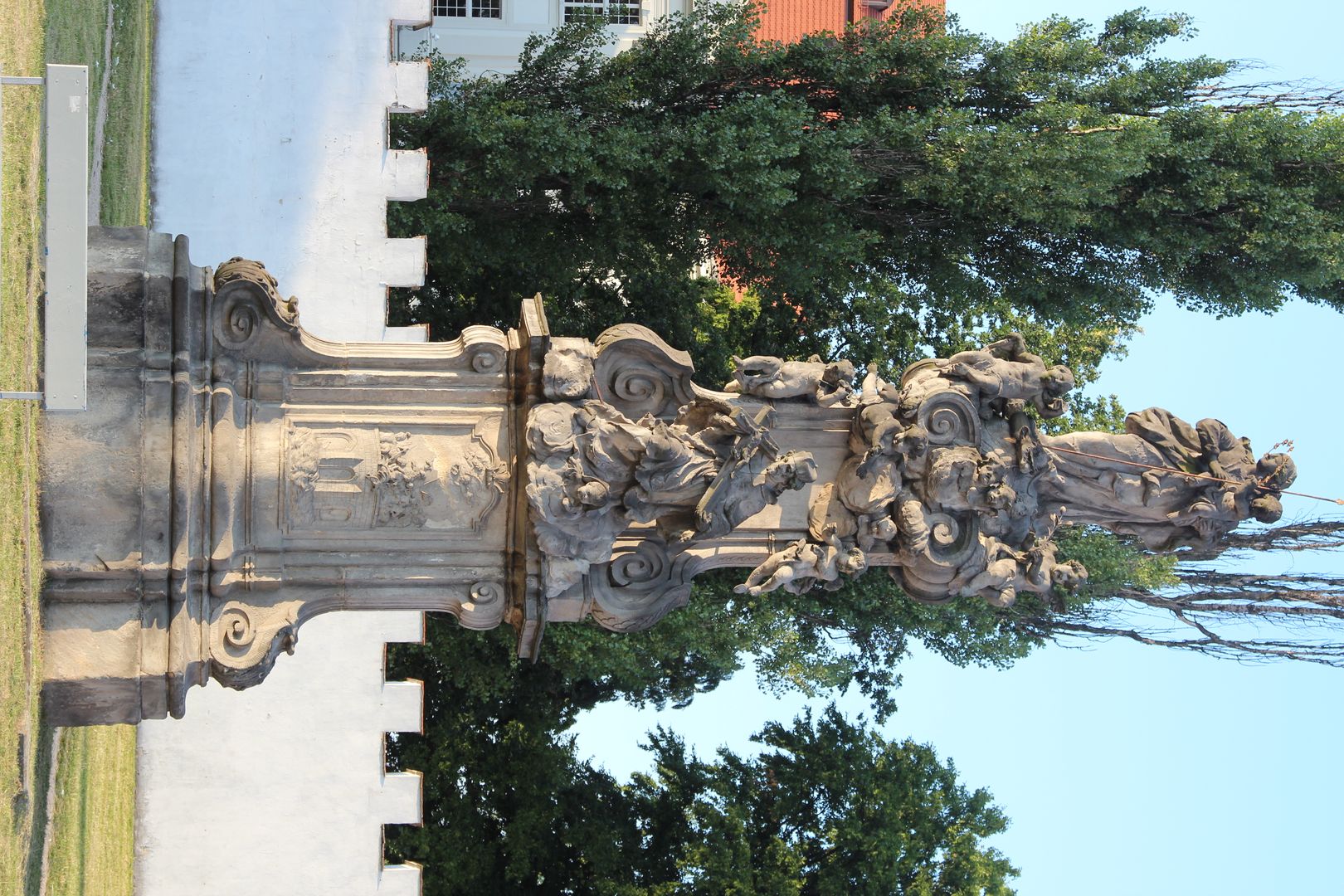Leśnica
7.1

Overview
Leśnica, today a district of Wrocław, boasts a rich history dating back to medieval times. It developed as a settlement in the 12th century and was granted town rights in 1261. Its name derives from the River Leśnica, and historical sources record it in various forms, such as Lesnitz or Lesnicza. Over the centuries, the settlement grew and acquired many distinctive architectural landmarks, which are now listed in the provincial register of monuments. These include the historic urban layout, the Church of St. Hedwig from the second half of the 15th century, the Wrocław-Leśnica railway station complex, and the castle complex dating from the 14th to the 18th centuries. Also significant are the early 20th-century villas and the water tower from 1915. By the mid-15th century, Leśnica had experienced a period of prosperity, but in the 18th century, it lost its town rights and began to take on a rural character. In the 19th century, the town gained a railway connection, which contributed to its development. During World War II, Leśnica served as a transit point for prisoners of the Gross-Rosen concentration camp. Today, the district is well-connected, with trams and buses linking it to the center of Wrocław. Leśnica also offers hiking and cycling trails, as well as interesting sites such as the landscape park on the Bystrzyca River and the Baroque palace surrounded by Leśnicki Park. It is not only a place of rich history and tradition but also a dynamically developing district that was home to around 20,000 residents in 2004.
Location
Tickets
Powered by GetYourGuide
You can also find here:
2025 Wizytor | All Rights Reserved
